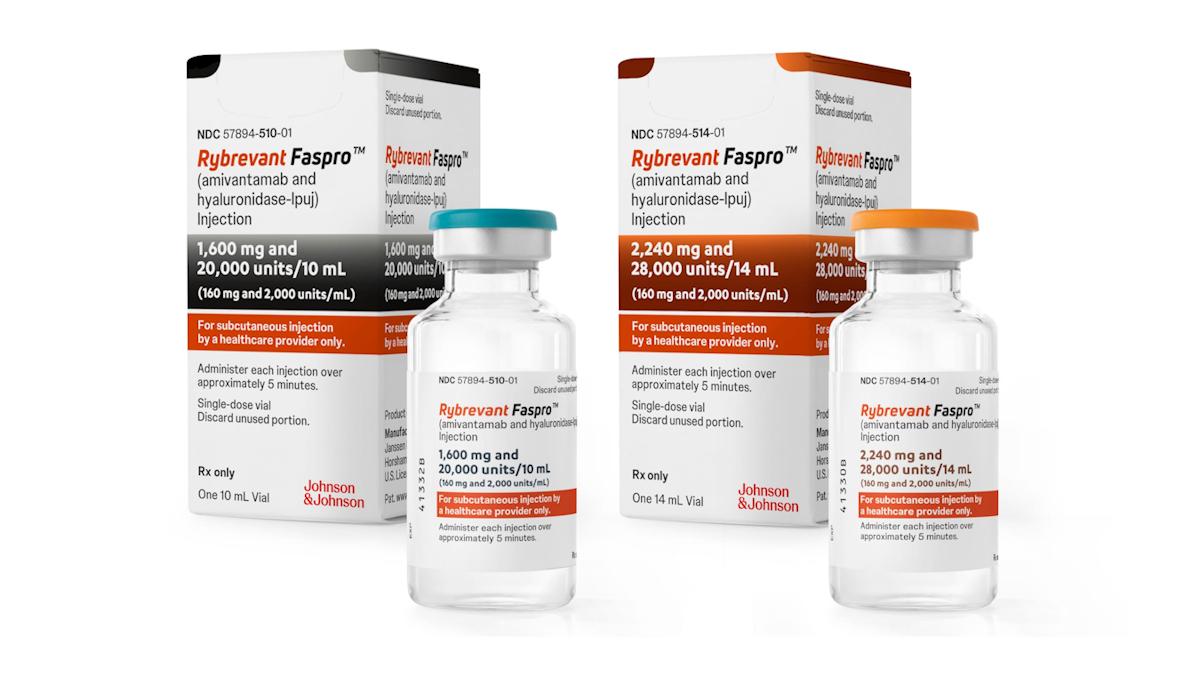AZ’s Forxiga gets heart claim data on its EU label

AstraZeneca has been cleared to include cardiovascular and kidney outcomes data on the label of its type 2 diabetes therapy Forxiga in the EU which could help it challenge rival drugs in the SGLT2 inhibitor class.
The new label for Forxiga/Farxiga (dapagliflozin) comes from the DECLARE-TIMI 58 trial, and the EU is the first major market to approve the label update, ahead of the US and China where it remains under regulatory review.
The trial revealed last year that the SGLT2 inhibitor was able to reduce hospitalisations for heart failure and cardiovascular death in a broad diabetes patient population, most of whom had no cardiovascular disease at enrolment, compared to placebo.
There were fewer major cardiovascular events (MACE) observed, although while there were fewer strokes observed with Farxiga, the other efficacy endpoint, this did not reach statistical significance.
That was followed a couple of months ago by a new analysis from the study which showed that Forxiga cut the risk of kidney function decline, end-stage renal disease or renal death by 47%.
Farxiga is playing catch-up when it comes to getting outcomes data on its label, and while it has claimed an initial advantage with the kidney labelling it will have to wait for the results of the phase 3 DAPA-CKD trial in early 2021 to firm up that claim.
Eli Lilly/Boehringer Ingelheim’s Jardiance (empagliflozin) got a cardiovascular label claim approved on the back of the 2015 EMA-REG trial, which helped it become the biggest seller in the class. It brought in around $660 million and $2 billion in sales for the two partners, respectively, last year.
Its developers are also working on adding kidney claims via the EMPA-KIDNEY study, which only started last year however, and they are also going after a potentially first-in-class chronic heart failure (CHF) claim that has just been fast-tracked by the FDA.
Analysts at Evercore ISI have suggested that Jardiance could hit sales of $4 billion at its peak, and the cardiovascular outcomes data that could extend its use beyond diabetes is expected to be a big factor in that growth.
Meanwhile, another member of the class – Johnson & Johnson’s Invokana (canagliflozin) – was actually the first to get a cardiovascular claim but has seen its market share sliding since the FDA warned of an elevated risk of lower limb amputations with the drug in 2017. Sales slipped 18% to $463 million in the first six months of this year.
Forxiga has been performing well for AZ even without the outcomes data, growing 14% to $726m in the first half of the year. However that d0es represent a slowdown on 2018, when it grew at a 30% lick to $1.39bn, so the new label comes at an opportune time for the franchise.
There was disappointing news for AZ regarding Forxiga in the last few months however after it was turned down by the FDA as an add-on to insulin therapy in type 1 diabetes, despite getting a green light for that indication in Europe earlier this year.
Meanwhile, its main US patent is set to expire next year, followed by its EU patent in 2023, so AZ needs to make the most of the drug before generic competition starts.












